AnandTech Article Channel |
- Element Sector 5 Case for iPhone 5 Review
- AVADirect’s Clevo P570WM X79 Gaming Notebook Available for Pre-Order in the US
- Transcend SSD320 & SSD720 (256GB) Review
| Element Sector 5 Case for iPhone 5 Review Posted: 25 Jan 2013 08:59 PM PST Most of the AnandTech crew seems to be averse to putting cases on their phones for a variety of different reasons. I’m still of the persuasion where I want a case for everything that I’m going to carry regularly both to prevent putting scratches and and also have a resulting device form factor something that looks a bit different than the norm. A few weeks after our iPhone 5 review posted, Element case reached out to me and offered to sample a review unit of their upcoming iPhone 5 case, the aptly named Element Sector 5. Element has been known for a while for making exotic cases that use metal instead of plastic and look like nothing you’ll see others carrying around, so when I heard about the iPhone 5 version I jumped at the opportunity. In addition, since I spent a lot of time back in the iPhone 4 and 4S days doing attenuation testing, getting to the bottom of whether this unique case detunes the antenna was particularly intriguing. Inside the box is the case itself, a removable adhesive suede back cover, keychain mountable screw driver, a “transit EVA case” which is a hard pouch with zipper for the phone, and some rash guards for the aluminum side. For installation, Element wants you to apply removable sticker “rash guards” which essentially prevent the anodization from chipping off of the device. In theory these are great, but not totally necessary, as the case includes a soft rubber material around its inner perimeter to prevent aluminum from touching aluminum. The Element Sector 5 wraps around the iPhone 5 and then screws together at top left to lock the phone in place. The supplied screwdriver is keychain mountable so that if you need to get your iPhone out of the case it’s handy. In practice there really shouldn’t be any need to take it out of the case unless you’re moving to a different one or have a stubborn docking station, since the SIM tray and other connectors are easily accessible on the device. The Element Sector 5 is a completely different case than the norm, since, like I mentioned earlier, it’s made from 6061 aluminum instead of polycarbonate plastic, silicone, or some other polymer. This gives it a completely different in-hand feel than basically every other case on the market, one that’s eerily similar to the iPhone’s native aluminum characteristics. With the case on, the overall package is still surprisingly light since there’s a lot of material machined out of the sides. With the case installed, I measured a mass of 133.7 grams over the iPhone 5’s native 112 grams. For the back there’s an adhesive sticker which in my case was suede, though there are different back materials available. Having a suede backed device is something very different from what I’m used to, and surprisingly enough works well. I haven’t picked up a lot of dirt or grime leaving the phone backside down on surfaces, and the suede feels great. On the left side is a large cutout for accessing the vibration switch and volume buttons. They’re a little difficult to get to because of the depth of the machined groove, but still workable. At top is the power button, and beside it a groove where more material was machined out. I have no issues with the power button, it is still clicky and communicative. The right side has a cool cantilever looking structure with a large enough gap to get to the SIM try and ejection port. I’m very grateful that Element chose to leave the SIM tray accessible since I’m constantly swapping SIMs, and making you take the whole case off to get to this would get old fast. At bottom are cutouts for the microphone, speaker, earphone jack, and lightning connector. The lightning connector is big enough for the standard Apple USB to Lightning cable, but not quite big enough for the lightning to 30-pin or the Amazon Basics Lightning to USB cable, both of which required filing to make fit. I’m not surprised by this however since it seems as though every Apple ecosystem case I come across requires filing to make all the accessories work. The earphone jack hasn’t been a problem with my Shure SE535 cable, thankfully. The aesthetics of the Sector 5 case are radical. You quite honestly are highly unlikely to run across someone with the same case on their iPhone 5, and as a result it’s always drawing attention when I have it on. Quite honestly the Sector 5 looks like something out of Quake rather than an iPhone case, with the aggressive geometric protrusions at the four corners, modern angular shape, and radical design. It’s definitely a bit crazy in the industrial design department as far as an iPhone case goes. I’m definitely a fan of how this makes the device look. In terms of feel, the Sector 5 is a bit sharp at times, but also is easy to get a firm hand grip on, as the bulges at the four corners make it easy to grasp onto. The Sector 5 also doesn’t make the device much thicker than it is already as a result of its design. The tradeoff is that there’s not too much front display protection beyond the supplied screen protector (which I almost always refuse to install when supplied with cases), but there is a lip so that when laid front down the device isn’t totally coplanar with the surface it rests on. I’ve dropped the Sector 5 with the iPhone inside twice and was left only with a small deformity from the impact that is hardly visible, with no discoloration or scratching off of anodization. The case looks like it wouldn’t afford too much protection, but it does a good enough job at deflecting impacts on the sides or back, just avoid the front unless you’ve applied the screen protector. The big question is just how much adding an aluminum case to a smartphone affects antenna gain and cellular performance. I’ll note that I’m still using the case on a daily basis when using the iPhone 5, so the short of the matter is — not a whole lot, if at all. First, Element has included polymer links between each of the four main aluminum blocks so there’s no continuity between them, which is easy enough to verify with a multimeter. In addition the case is insulated from the aluminum exterior of the iPhone 5 with a rubber material, so there’s really no galvanic contact between case and phone. That’s a good first step to not change too much of the ground plane or inadvertently create a path between the bottom primary antenna and top secondary antenna on the iPhone 5. The iPhone 5 has an RFMD RF1102 tuning block and seems to do a good job dealing with any antenna detuning that the Sector 5 might introduce. I won’t say that the Sector 5 doesn’t affect the antennas at all, adding conductors this close to the device clearly does, but the much improved tuning onboard the device seems to cope with it perfectly well and I haven’t noticed any ill effects. I compared my iPhone 5 against a few others also on AT&T LTE (Band 17) and on AT&T WCDMA (Band 2 PCS) and didn’t notice any difference in RSRP or RSCP respectively after allowing the two to stabilize. I’m impressed that there really is no difference, and in using the device a lot with the case on I haven’t noticed any difference on my mental signal map.
Gallery: Element Sector 5 Case for iPhone 5 At $139.95 the Element Sector 5 definitely isn’t a normal case, nor one that’s in everybody’s price range, but if you’re looking for something that stands way out from the norm and has rugged construction I’d definitely recommend it. It's quite a head turner. |
| AVADirect’s Clevo P570WM X79 Gaming Notebook Available for Pre-Order in the US Posted: 25 Jan 2013 09:23 AM PST Depending on whom you ask, desktop replacement notebooks are either a growing or a shrinking market. Most large OEMs have completely abandoned the DTR market, with high-end DTR-like notebooks generally going the “mobile workstation” route instead. There are also large notebooks that some might call DTR (e.g. Alienware’s M17x and M18x, and most of the other 17.3” gaming notebooks), but if you want true desktop power you’ll want a desktop CPU. That’s precisely what AVADirect/Clevo are offering with the P570WM, supporting Intel’s socket 2011 processors in a large chassis with an equally large power brick. It’s interesting to note that this isn’t the first time we’ve heard about X79 gaming notebooks. AVADirect even points out in their forum post, “Almost one year ago, AVADirect began to accept pre-orders on what was to be the world's first X79 desktop replacement, the Clevo P270WM. After many complications, production was halted and release delayed.” It appears the P270WM has been completely scrapped, though I suspect much of the earlier design remains, and what we have is the new P570WM. This is the first truly new DTR since Clevo’s X7200/X7201 two years back that supported socket 1366 CPUs up to the hex-core Gulftown offerings. Specifications are largely a continuation of what we saw with the X7200 series, only with a new chipset comes new processors and a different memory topology (quad-channel instead of tri-channel). CPU choices consist of the entire line of LGA-2011 processors: i7-3820 quad-core, i7-3930K hex-core, and the i7-3960X hex-core. The primary difference between the 3930K and 3960X is the addition of 3MB of L3 cache on the 3960X, as both hex-core CPUs are fully unlocked so making up the 100Mhz difference in clock speed is as easy as tweaking the BIOS. It’s not clear how much support the P570WM has for overclocking the CPU, but considering the amount of power an overclocked Sandy Bridge-E processor can consume, we’d recommend exercising some discretion before shooting for massive overclocks. Other specifications for the P570WM include SLI GTX 670MX or SLI GTX 680M dual-GPU graphics configurations, along with single-GPU configurations for the GTX 680M and Quadro K5000M. Interestingly, a single GTX 680M actually costs slightly more than dual GTX 670MX, and we expect the SLI 670MX will be a higher performing option (assuming the games you’re using properly utilize SLI, of course). The chassis has three 2.5” HDD/SSD bays, and with an optional 2.5” caddy for the optical drive bay you can utilize up to four hard drives. RAID 0/1/5 are also available should you so desire. The remaining options run the usual gamut of WiFi and connectivity ports, with two USB 3.0, one eSATA/USB 3.0 combo, and two USB 2.0 ports. A 1080p glossy LCD comes standard, with DisplayPort, HDMI, and single-link DVI video ports available. The keyboard also sees an “upgrade” to the 3-zone colored backlighting and altered layout found in the other recent Clevo offerings. Clevo has been one of the few (if not the only) ways to get desktop CPUs in a notebook for a while now, but there have been more than a few broken eggs along the way. Besides the aborted P270WM, the earlier X7200 series wasn’t without concerns. With the latest update, we were hoping for an even larger power brick to accommodate all of the high-end components, and sadly that doesn’t appear to have happened. It doesn’t take a math whiz to figure out that two 100W TDP GPUs with a 130W TDP CPU are already enough to overload a 300W power brick; add in storage, the LCD, RAM, and various motherboard components and we suspect Clevo will have to do some thermal throttling/management to keep things in check. Hopefully this time that means minor throttling rather than tripping the circuit breaker in the power brick and running off battery power; even if things work properly, though, we don’t expect you to be able to get 100% performance out of two GPUs and the CPU simultaneously. For gaming on the other hand, most loads should stay below the 300W rated output of the power brick [fingers crossed]. Pre-ordering from AVADirect is now online, though ordering and actually having a product ship aren’t necessarily the same thing as we saw with the P270WM. The base configuration comes with an i7-3820, GTX 680M, 2x8GB DDR3-1600 Crucial RAM, a 750GB Seagate HDD, and a 1-year warranty and a starting price of $2758. If you want a true “maximum gaming performance” configuration with an i7-3930K, dual GTX 680M, PK-3 thermal compound, 4x8GB DDR3-1600 RAM (with Windows 7 Pro, naturally), 512GB Crucial M4 SSD with 1TB Hitachi 5400 RPM HDD for storage, and Killer 1103 3x3:3 WiFi, you’re looking at $4374. Or why not go for broke and nearly max out every component, with the i7-3960X, 4x512GB Samsung 840 Pro in RAID 5, and a Quadro K5000M GPU (and the other options as with the gaming configuration); that will get you a final price of $7384, not counting the $350 you can put into a custom paint job. I’m not sure how many people are actually in the market for gaming notebooks or mobile workstations like this, but if you’ve got a need for every last ounce of performance you can squeeze out of a twelve pound behemoth (add another pound or two for the power brick!), the Clevo P570WM should have you covered. Let’s just hope this time the notebooks ship without any further delays or complications. |
| Transcend SSD320 & SSD720 (256GB) Review Posted: 25 Jan 2013 07:31 AM PST Transcend is a Taiwanese company specializing in memory and flash storage solutions. While Transcend may not be the first company that comes to mind about NAND flash, they have been in the industry since the late 80's. Transcend's USB flash sticks and SD cards are actually rather popular at least here in the northern Europe, but they aren't exactly known for their SSDs. Like many other smaller SSD OEMs, Transcend relies on SandForce's SF-2281 platform. The lineup consists of two models, the SSD720 and SSD320, which Transcend sent us in for reviewing. Read on to find out how they perform! |
| You are subscribed to email updates from AnandTech To stop receiving these emails, you may unsubscribe now. | Email delivery powered by Google |
| Google Inc., 20 West Kinzie, Chicago IL USA 60610 | |



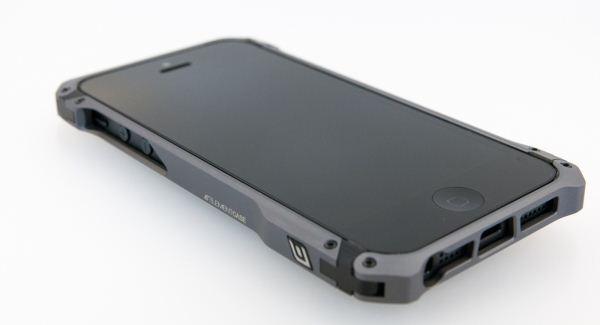
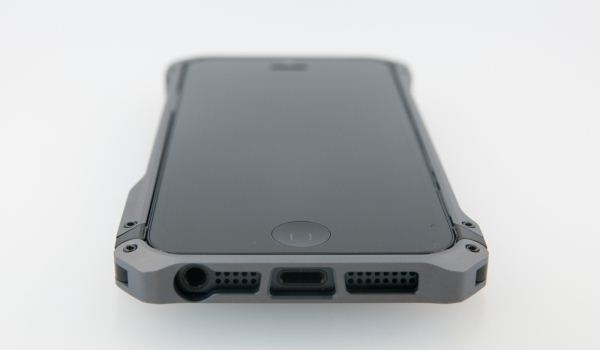
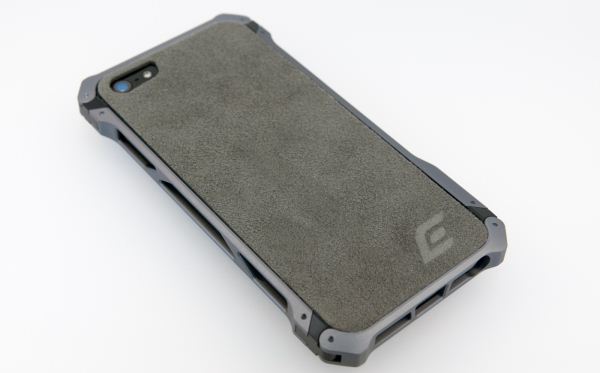
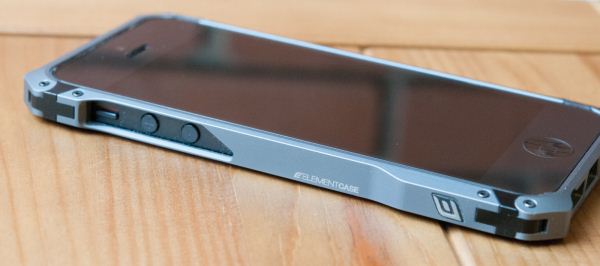
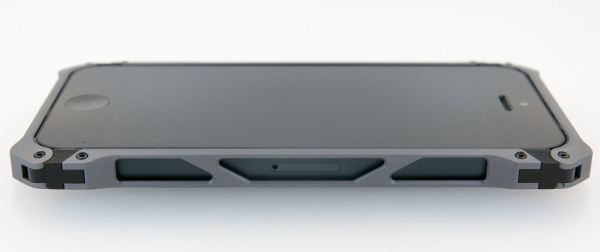
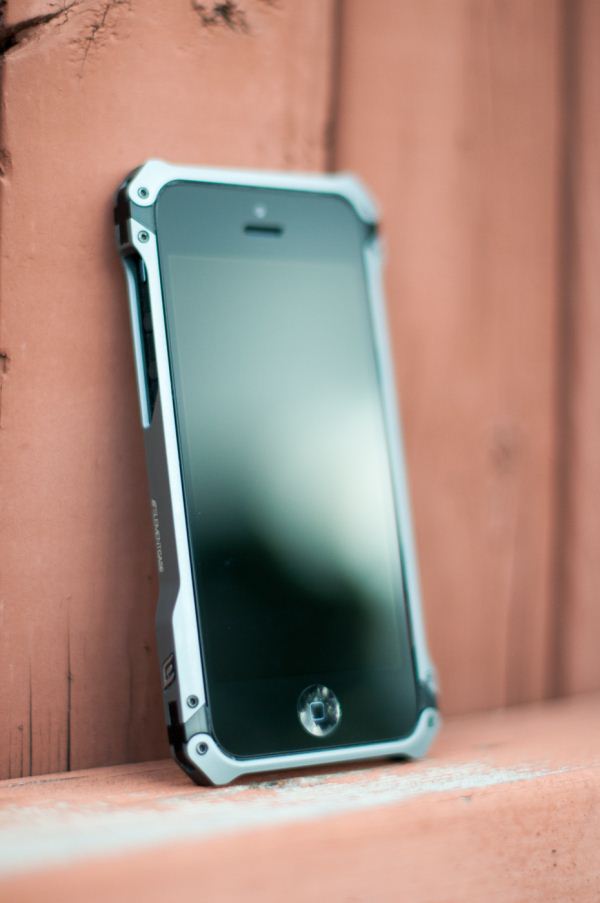
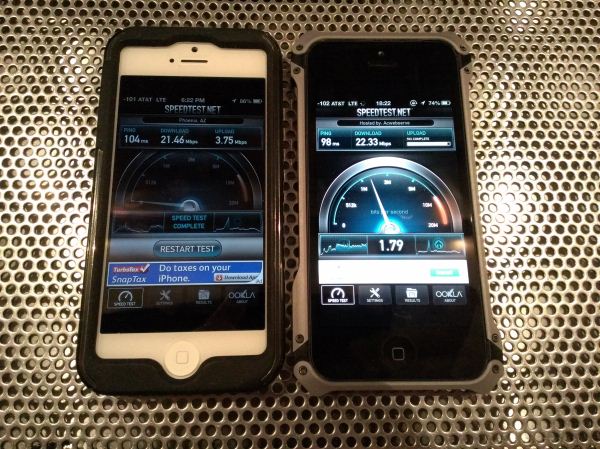








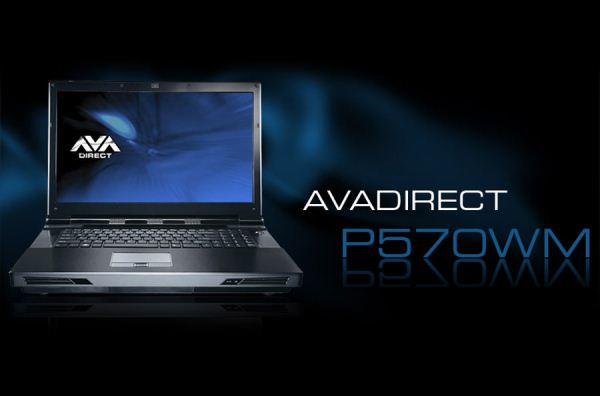
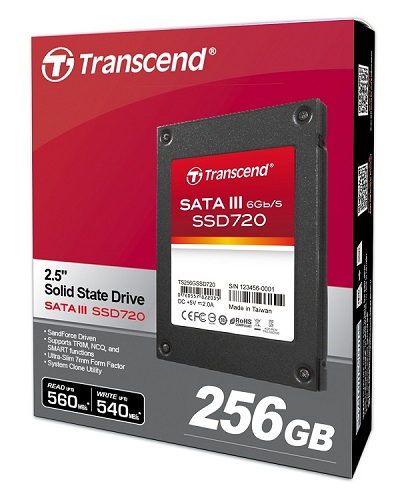
No comments:
Post a Comment